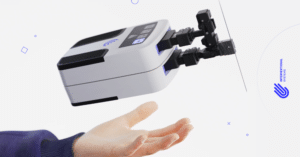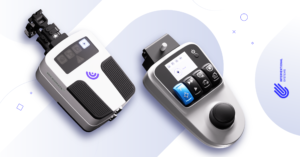Positioning patients’ arms and hands has always been a challenge. Patients should be perfectly still but also comfortable. However, typical restraining methods are often uncomfortable or even painful, increasing the risk of abrasions or hematomas. Besides, they might not stabilize the patient properly and disturb the procedure workflow.
What is the iFIX Armrest?
The iFIX Armrest offers a new and efficient way to ensure flexible and comfortable arm positioning and repositioning for prone, supine, and lateral patient positions.
The arm and hand rest on a supporting tray pre-equipped with iFIX patches, while the 7-degree-of-freedom multi-functional articulating arm adjusts in height and rotation until the proper positioning is achieved. The limb is then stabilized using iFIX fleece.
How is the iFIX Armrest being used by clinical teams?
As shown in the image below, the iFIX Armrest is being used at Ordensklinikum Linz Barmherzige Schwestern, Austria, to position the patients’ arms during stereotactic liver ablation procedures.
“The handling and usability are very good, easy and clear”, says Silke Wundsam, nurse at the institution, highlighting that “[the learning curve] is very, very fast”.
In this procedure, the patient is lying down in a supine position, under general anesthesia and muscle paralysis, with the right arm and hand positioned away from the abdominal region to ensure easy access to the liver.
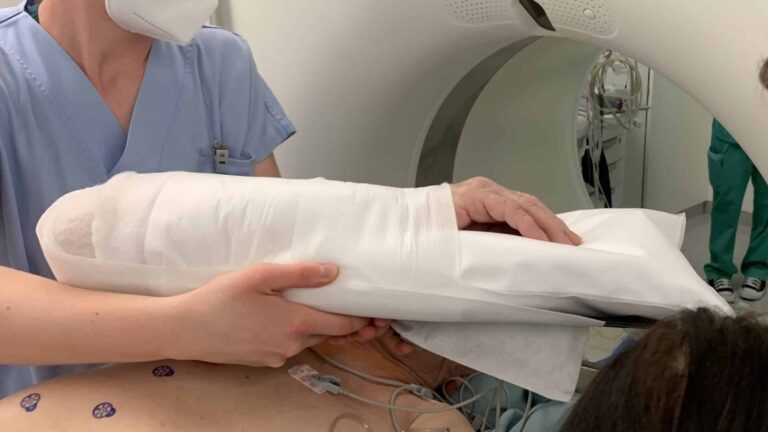
At St. Antonius Ziekenhuis hospital, in the Netherlands, anesthesiologists see great value in the iFIX Armrest for positioning the patients’ arms in prone and supine positions during percutaneous and endovascular procedures.
The product provides a comfortable and flexible positioning while enabling easy brachial and radial artery access.
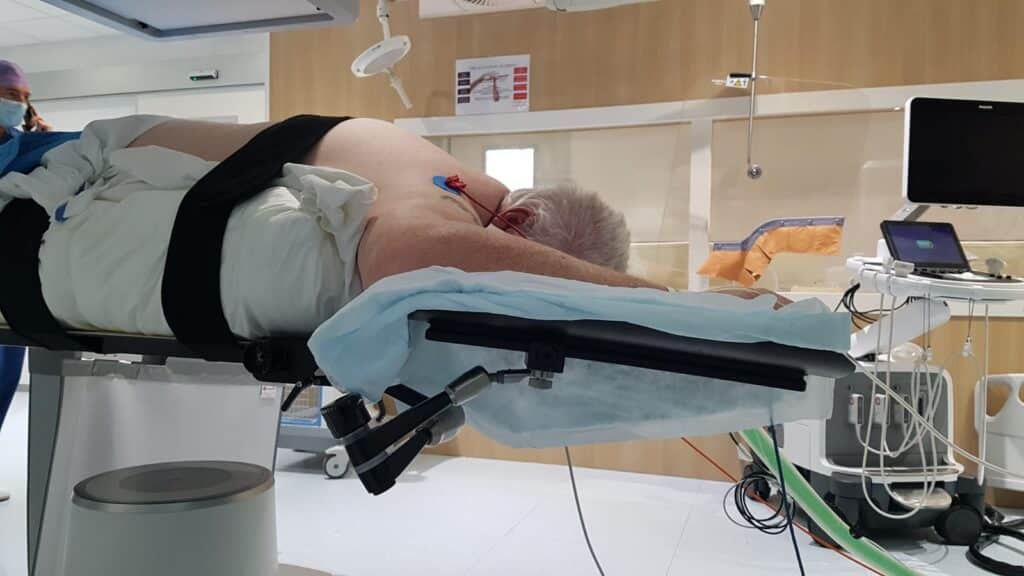
In Switzerland, at Kantonsspital Graubünden, the clinical team uses the iFIX Armrest in combination with Micromate™ for percutaneous procedures.
They say it is particularly beneficial in procedures requiring the patient to be in a prone position, such as vertebral interventions. It also helps reduce the likelihood of pneumothorax in lung biopsies. The degrees-of-freedom of the arm allows for adjusting the height and opening of the arm support (different from the fixed mechanical bridges of standard mechanical arms), thus enabling the staff to position patients more comfortably.
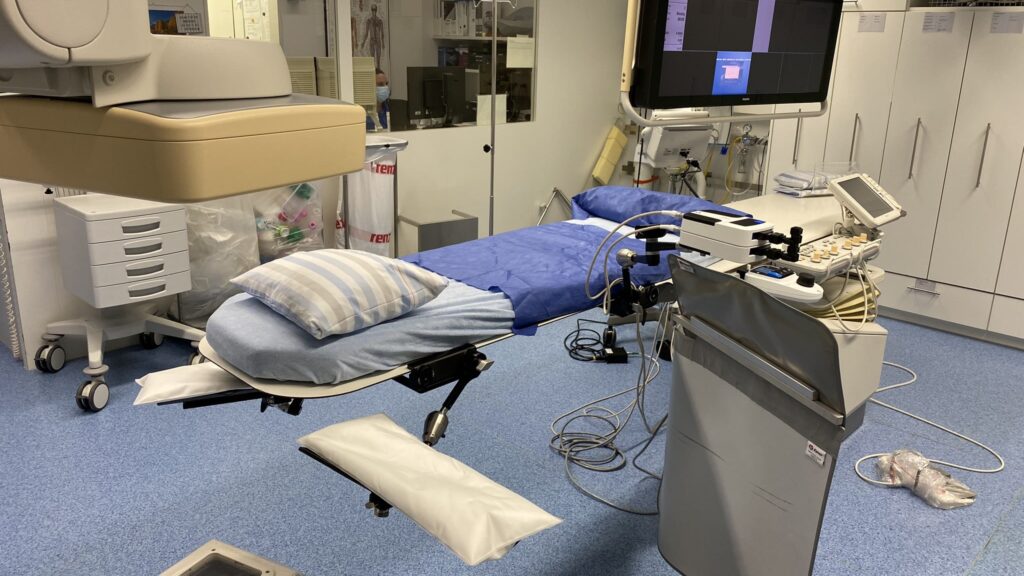
With the iFIX Armrest, several key aspects of patient positioning are addressed. Besides the patients’ comfort and stability, it is possible to perform intra-operative CT imaging during interventions without having to reposition the patient.
Want to try the iFIX Armrest in your interventional procedures?
Schedule your demo here.

